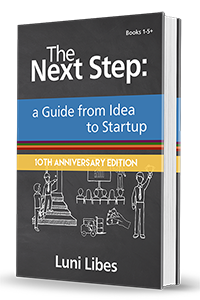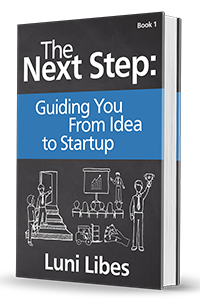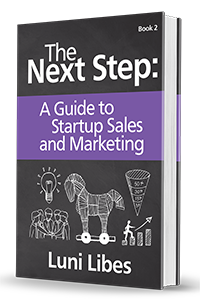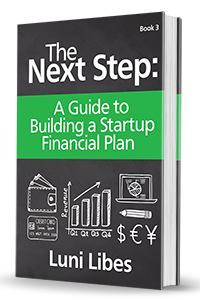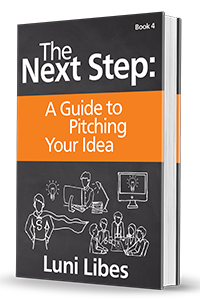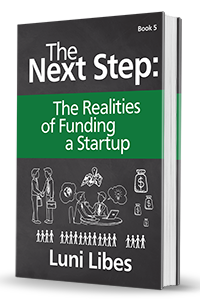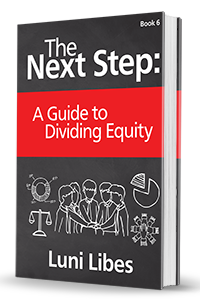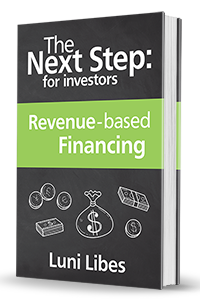I think, therefore I am… not listening to you.
IN A GREAT PRESENTATION, as in a great movie or great book, the audience becomes so engrossed in the delivery that they do not have time to stop to think. Yet, over and again, I see pitches in which the audience is jarred out of that state of mind.
RULE 8:
Never let the audience stop to think.
If the audience stops to think about something you say, they are no longer listening to you. If they are no longer listening to you, your well-prepared presentation is a waste of time. To prevent this from happening, you need to ensure your pitch contains a logical flow with small, obvious steps. If you make big leaps of logic, the audience will stop to rethink your logic.
No Questions
Too often, entrepreneurs break this rule deliberately, asking the audience a question. There is nothing to be gained by polarizing the audience into two groups, one of which either doesn’t agree with you or doesn’t want what you are selling. Or worse, they lose most of the audience who are busy pondering their answers to that question rather than following the narrative of your story.
RULE 9:
Do not ask the audience a question.
Consistency
If you make inconsistent statements or provide inconsistent numbers, the audience will notice. Some will even stop listening to you in order to make comparisons and wonder whether they heard you correctly.
Inconsistency can crop up just about anywhere. You may talk about some previous experience at one company in your opening then about a different company on your team slide. You may say the problem concerns one million people but later talk about two million customers. Consistency can be hiding in the units, talking about numbers of trees in one slide then acres a few slides later, with no explanation of how many trees are in an acre.
RULE 10:
Be consistent (in all facts, numbers, units, etc.).
This mistake often shows up as you forget the gap in specific market knowledge between you and your audience. It is safest to presume they know nothing about your target market or business model. It is far better to provide a few too many details than risk losing an audience as they try to piece together your story from clues.
One Slide, One Purpose
The point of using slides is to augment your story. As part of taking those small, obvious steps, you don’t want to dwell on any one slide for more than two to three minutes, and typically just thirty to ninety seconds.
Determining the timing is not difficult. For each slide, ask yourself the questions: “What is the purpose of this slide?” and “What should the audience know after this slide is presented?” If you have two ideas to convey, try putting each idea into its own slide.
RULE 11:
Each slide needs to have a single purpose.
If an idea is so small that the slide would be visible for less than thirty seconds, rethink whether it is important. If not, drop it from your story



